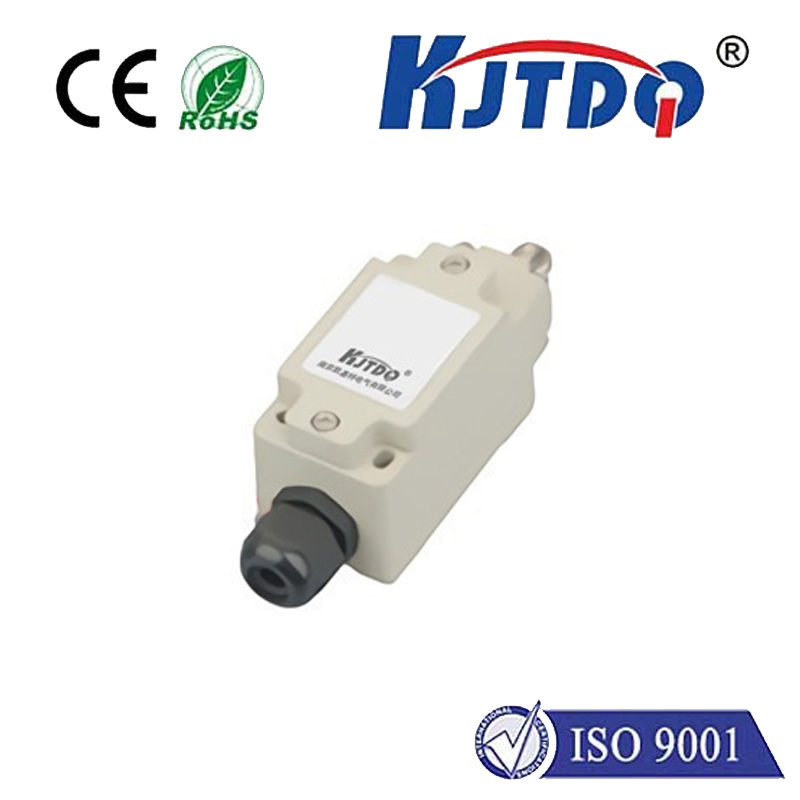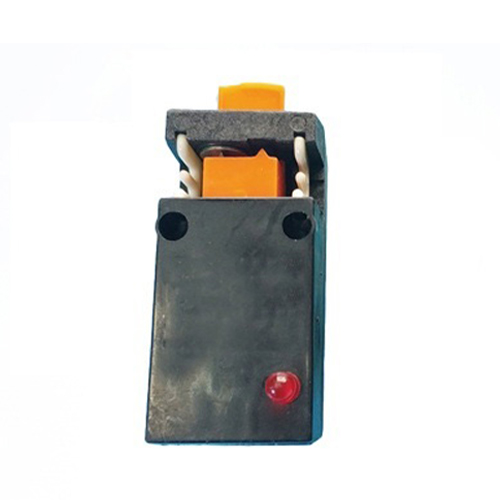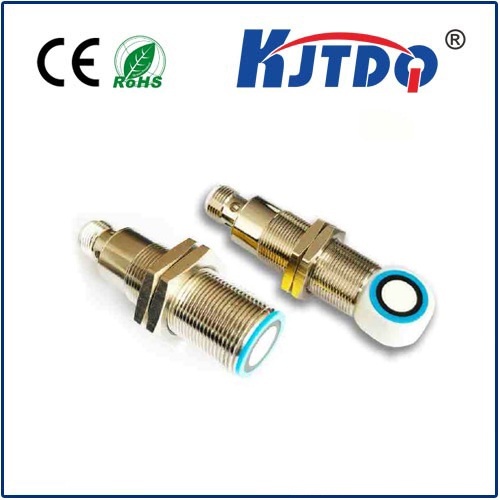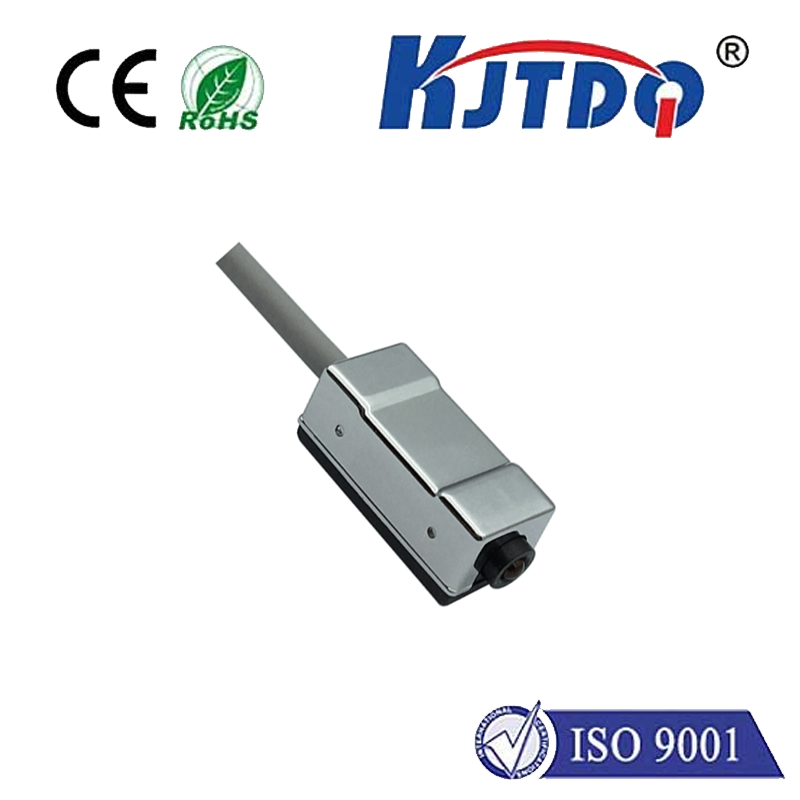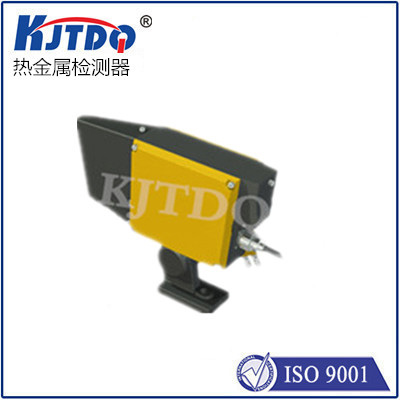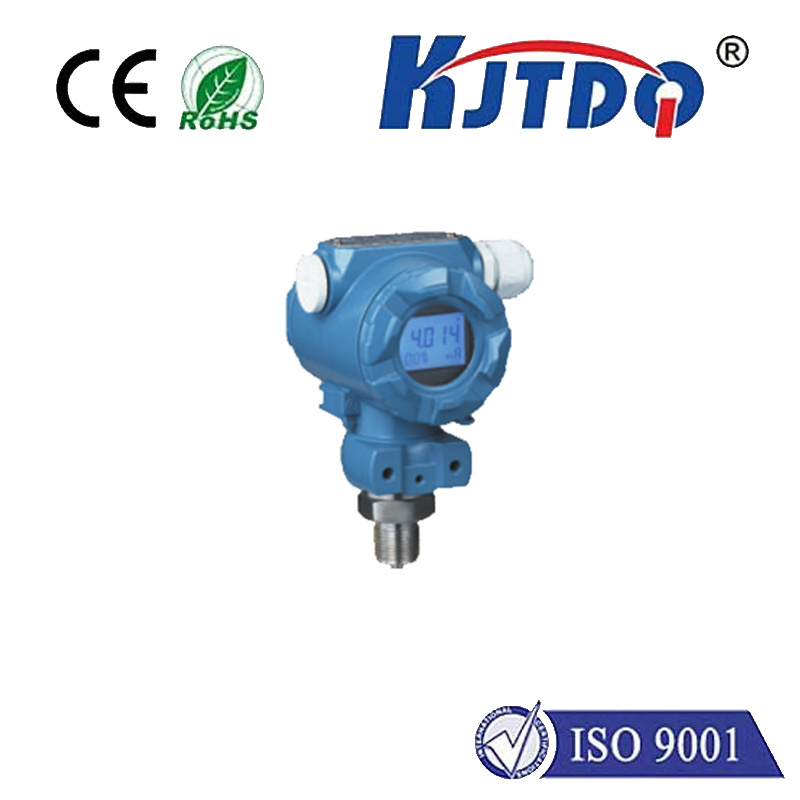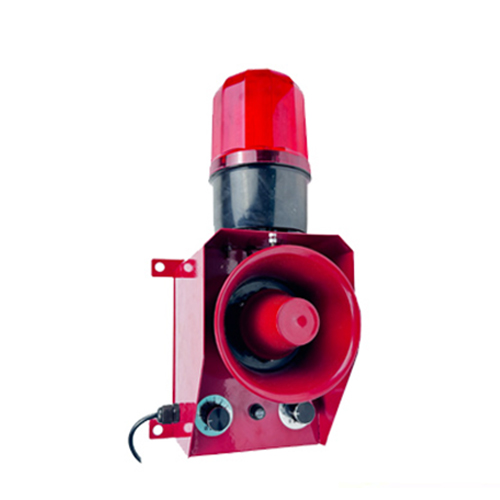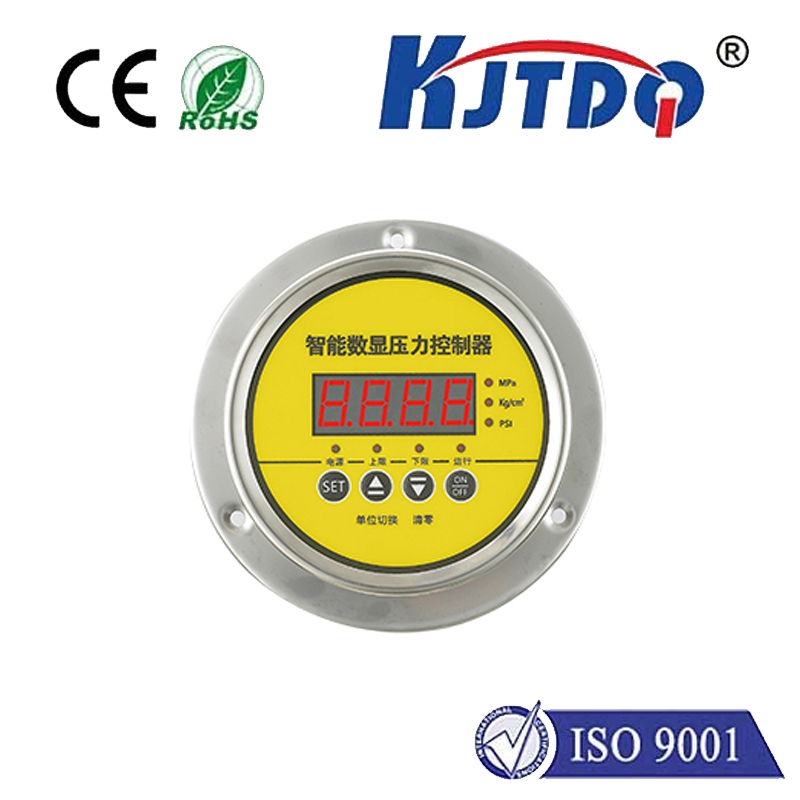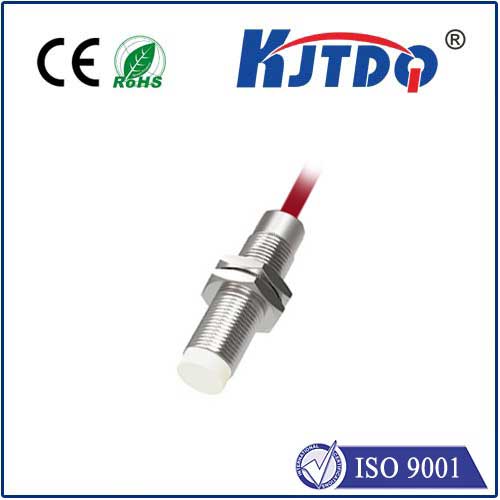sliding door limit switch
- time:2025-08-08 02:51:33
- Click:0
Sliding Door Limit Switches: The Silent Guardians of Safety & Smooth Operation
Imagine this: automated sliding doors at a busy shopping mall entrance malfunction. Instead of gliding open smoothly, they jerk unpredictably, hesitate mid-movement, or worse, try to close while someone is passing through. The result? Frustration, disrupted traffic flow, and a significant safety hazard. Often, the unsung hero preventing such chaos—or the culprit when things go wrong—is a surprisingly small but vital component: the sliding door limit switch.
Understanding the Critical Role: Position Sensing and Safety
A sliding door limit switch is a fundamental safety and control device embedded within automatic sliding door systems. Its core function is deceptively simple yet profoundly important: to accurately detect the precise position of the door leaves (panels) as they travel along their track. It acts as the system’s eyes, telling the control unit exactly where the door is at any given moment – fully open, fully closed, or somewhere in between.
This positional awareness is not just about convenience; it’s paramount for:

- Safe Operation: The switch ensures the door motor stops immediately when the door reaches its fully open or fully closed position. This prevents the motor from straining against mechanical stops, damaging gears, or causing the door to slam uncontrollably.
- Precise Control: It provides the feedback necessary for the control unit to initiate smooth starts and stops, manage speed profiles (e.g., slowing down near the endpoints), and activate safety features like obstacle detection reversal at the correct moments.
- Safety Interlocks: In many systems, confirmation from the limit switch that the door is fully closed and securely latched (often via a separate but related latch monitor switch) is required before locking mechanisms engage or alarm systems disarm. This is crucial for security in sensitive areas.
How Does a Sliding Door Limit Switch Actually Work?
While designs vary, the fundamental principle involves a physical actuator interacting with the moving door mechanism:
- Actuator Engagement: As the door panel moves, it physically contacts a lever, roller, plunger, or cam attached to the limit switch’s actuator. This actuator is mechanically linked to the switch’s internal electrical contacts.
- State Change: The physical movement of the actuator triggers a change in the electrical state of the switch contacts inside. Typically, these are single-pole, double-throw (SPDT) contacts, meaning they have one common terminal and two outputs (usually Normally Open / NO and Normally Closed / NC).
- Signal to Controller: When the door reaches the pre-set “open” or “closed” position, the actuator is depressed (or released) sufficiently to flip the internal contacts. This sends a distinct electrical signal (e.g., an “Open Limit Reached” or “Closed Limit Reached” signal) to the door’s central control unit.
- Control Action: Upon receiving the signal, the control unit executes its programmed command – typically cutting power to the motor instantly or initiating a controlled braking sequence. For example, receiving the “Closed Limit” signal tells the controller the door is shut, allowing it to proceed with locking sequences or indicating status on a building management system.
Key Components and Considerations for Reliability
Several factors contribute to the reliable performance of a sliding door limit switch:
- Actuator Type: Lever arms (often roller tipped), plungers, and rotary cams are common. The choice depends on the door mechanism and where the switch is mounted. Roller lever actuators are popular for their durability and smooth engagement.
- Electrical Ratings: Switches must be rated to handle the voltage (commonly 24V AC/DC up to 120V AC) and current (usually low, signal-level amperage) required by the door controller. Ensuring compatibility is non-negotiable.
- Environmental Protection (IP Rating): Sliding door mechanisms are exposed to dust, dirt, moisture, and temperature fluctuations. Switches should have a suitable Ingress Protection (IP) rating (e.g., IP54 or higher) to withstand these harsh conditions and prevent premature failure.
- Mechanical Life Rating: These switches are actuated potentially thousands of times daily. They must be rated for a high number of operating cycles (often 1 million+).
- Mounting and Adjustment: Precise installation and easy adjustability are critical. The switch must be positioned so the actuator reliably engages exactly when the door reaches its intended endpoint. Fine-tuning during installation optimizes door performance and prevents “over-travel” stress.
Spotting Trouble: Signs of a Failing Limit Switch
Like any mechanical component, limit switches wear out or fail. Symptoms pointing to a malfunctioning switch include:
- Door Not Opening/Closing Fully: The door stops short of its correct open or closed position.
- Door Slamming or Banging: The motor doesn’t cut out in time, causing the door to hit the mechanical stops forcefully.
- Door Reversing Unexpectedly: Erratic signals can trick the controller into thinking an obstruction is present, causing the door to reverse direction prematurely.
- Motor Humming or Straining: The motor continues to receive power even after the door has reached its physical limit.
- Intermittent Operation: The door works correctly sometimes, but not others, indicating a flaky connection or worn switch internals.
Maintaining Peak Performance: Installation and Upkeep
- Proper Installation: Always follow the door manufacturer’s guidelines. Ensure the switch is securely mounted and the actuator aligns perfectly with the door’s cam or striker mechanism. Precise initial setup prevents countless future headaches.
- Regular Inspection: Include limit switches in routine door maintenance checks. Look for signs of physical damage, loose mounting, corrosion, or worn actuator components. Verify the door consistently hits the endpoints correctly.
- Cleaning: Keep the switch body and actuator free of excessive dust, grime, and debris that could impede movement. Use compressed air or a soft brush carefully.
- Replacement: When symptoms appear or during preventative maintenance, replace the switch proactively. Using OEM (Original Equipment Manufacturer) or high-quality equivalents meeting the specified voltage, current, and IP ratings is essential for safety and longevity. Don’t compromise on this critical safety component.
Conclusion: Far More Than Just a Simple Switch
The humble sliding door limit switch is a cornerstone of safe, reliable, and efficient automatic door operation. It transcends its basic function of position detection to become an integral part of the door’s safety system. By providing the precise feedback that dictates motor control and enables critical safety interlocks, these robust little devices work silently but tirelessly, preventing damage, ensuring smooth transitions, and, most importantly, protecting people. Understanding their role, recognizing failure signs, and prioritizing correct installation and maintenance are key to maximizing door system uptime and, fundamentally, safeguarding the public. When your automatic sliding doors operate flawlessly, remember to silently thank the dependable limit switch working diligently behind the scenes.






